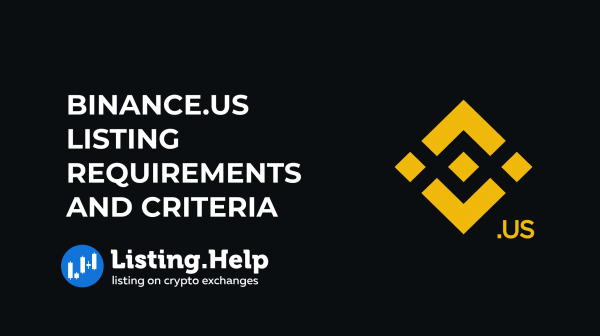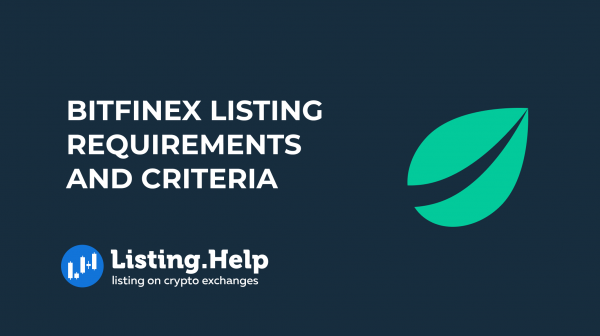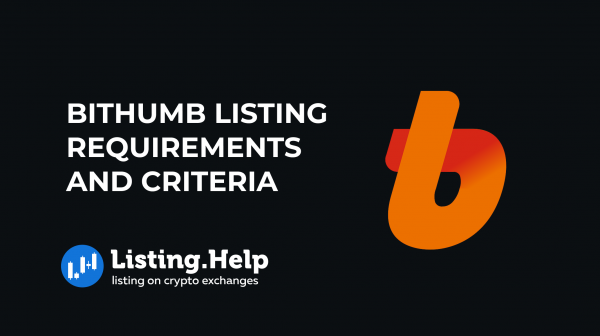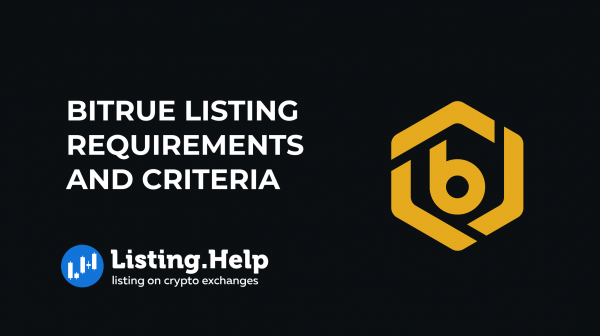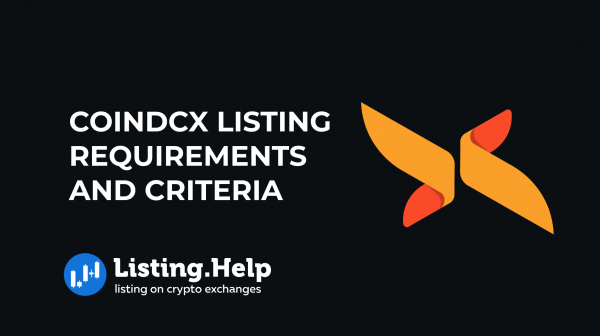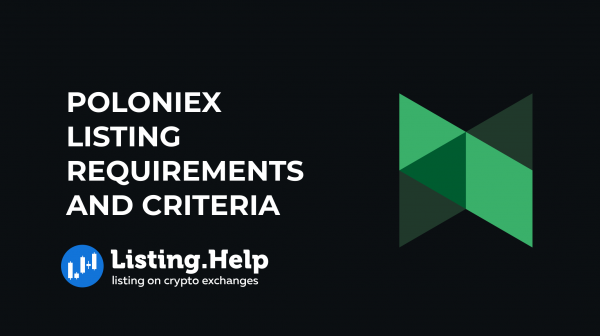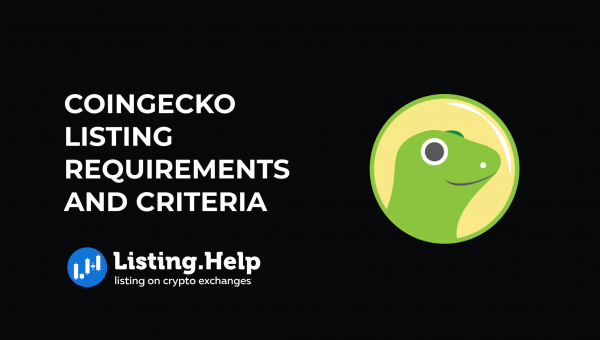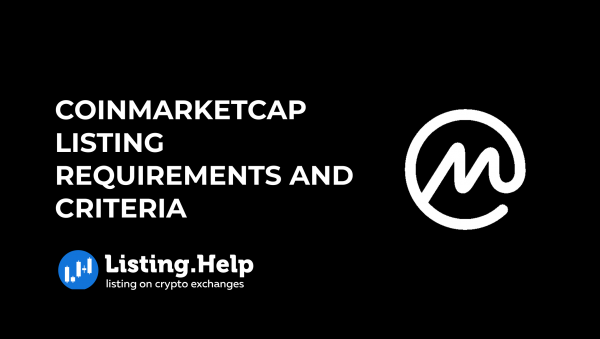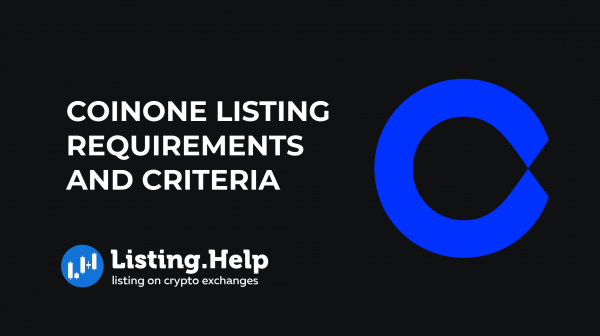What Is Data Availability in Blockchain?
 May 28, 2024
May 28, 2024 Updated: January 27 2025, 06:47
Updated: January 27 2025, 06:47
LEAVE A REQUEST
Launching your own token project? Our experts are ready to help with listing on exchanges, market making, marketing and other solutions
SUBMIT APPLICATIONBlockchain technology ensures secure and immutable data transfers, yet accessing and verifying data stored on the blockchain can be challenging. This article will discuss data availability, its significance, challenges, and some solutions.
What is Data Availability?
Data availability in blockchain means being able to access all transaction data for verification in a decentralized network. It ensures every transaction in a block is accessible to all network participants.
Data availability is vital for maintaining transparency and integrity in a distributed ledger. In blockchains like Bitcoin and Ethereum, full nodes download and validate all transaction data. This process demands significant resources, which might not be feasible in more complex systems like Layer 2 solutions. Conversely, light nodes require fewer resources but do not process transaction data independently.
Light nodes, while enabling effective scaling, do not download or validate transactions fully, only containing the block header. They assume the transactions are valid without the full verification provided by full nodes, making them less secure. This is known as the data availability problem.
How Does Data Availability Work?
Several common solutions address data availability, including data availability layers (DAL), data availability sampling (DAS), and data availability committees (DAC).
Data Availability Layers
Data availability layers (DALs) are specialized storage solutions that operate either on-chain or off-chain. They separate the task of ensuring data availability from other blockchain functions like transaction execution.
DALs use techniques like erasure coding (EC) and data sharding to enhance data accessibility. Data sharding divides databases into smaller segments for separate storage and processing. Erasure coding splits data into parts and adds redundancy, allowing for data recovery even if some parts are lost or temporarily unavailable.
Data Availability Sampling
Data availability sampling allows blockchains to ensure all nodes can access necessary data without downloading the entire dataset. This technique lets nodes with limited resources participate in validating transactions and maintaining network integrity.
The process involves dividing blockchain data into smaller chunks, with nodes randomly selecting a few chunks instead of the whole dataset. This reduces the burden on individual nodes, as they handle only a fraction of the data.
By verifying these selected chunks, nodes probabilistically ensure the availability of the entire dataset. The principle here is that if the sampled chunks are accessible, it’s likely the rest of the data is too.
Data Availability Committees
A data availability committee (DAC) consists of trusted nodes in a blockchain network tasked with ensuring data availability. Their main role is to verify that all data, such as transactions and state changes, is correctly stored and accessible to any network participant. DAC members are usually chosen through a decentralized voting process to minimize centralization risks.
DACs are essential in Layer 2 scaling solutions like rollups, where they help manage data related to off-chain computation. In sharded blockchains, where data sets are distributed across different shards, DACs ensure data availability across all shards.
Why Does the Data Availability Problem Matter?
When not operating a full node, it’s crucial to ensure that the summarized transaction data accurately represents valid transactions for the entire network.
For example, increasing the block size limit makes running a full node more expensive, leading many to opt for less secure light nodes. Consequently, light clients need some form of fraud-proof support to verify all data in a block.
Layer 2 scaling solutions, like rollups, improve blockchain scalability by processing transaction data off-chain. With optimistic rollups, users on the sidechain need fraud proofs to detect invalid transactions. In contrast, zero-knowledge (ZK) rollups rely on cryptographic proofs for data validation.
Data Availability and Layer 2 Rollups
Layer 2 scaling solutions, like rollups, help reduce transaction costs and boost Ethereum’s throughput by processing transactions off-chain. Rollup transactions are compressed and posted to Ethereum in batches, representing thousands of individual transactions in a single on-chain transaction. This reduces congestion and lowers fees for users.
Trusting these ‘summary’ transactions requires that the state changes proposed can be independently verified and confirmed as the result of all individual off-chain transactions. If rollup operators fail to make the transaction data available for verification, they could submit incorrect data to Ethereum.
Optimistic Rollups
Optimistic rollups post compressed transaction data to Ethereum and allow a set period (typically 7 days) for independent verifiers to check the data. If a problem is found, a fraud-proof can be generated to challenge the rollup, causing the chain to roll back and omit the invalid block. This process hinges on the availability of data.
Currently, there are two methods for optimistic rollups to post transaction data to Layer 1 (L1). Some rollups make data permanently available as CALLDATA, which stays on-chain indefinitely. With the implementation of EIP-4844, some rollups post their transaction data to cheaper blob storage instead. This storage is not permanent; independent verifiers must query the blobs and raise challenges within approximately 18 days before the data is deleted from Ethereum’s L1. Data availability is guaranteed by the Ethereum protocol only for this limited window. After that, it becomes the responsibility of other entities within the Ethereum ecosystem. Nodes can verify data availability using Data Availability Sampling (DAS), which involves downloading small, random samples of the blob data.
Zero-Knowledge (ZK) Rollups
Zero-knowledge rollups do not need to post transaction data because zero-knowledge validity proofs ensure the correctness of state transitions. However, data availability remains an issue, as the ZK-rollup’s functionality and interaction depend on access to its state data. Without this access, users cannot know their balances or perform state updates based on newly added blocks if an operator withholds state details.
In summary, while both optimistic and zero-knowledge rollups offer solutions to scaling Ethereum, ensuring data availability is crucial for maintaining trust and functionality. Whether through permanent on-chain data, temporary blob storage, or cryptographic proofs, the ecosystem must address data availability to support these advanced scaling solutions.

For deeper insights into blockchain technology, check out our Listing.Help Blog.




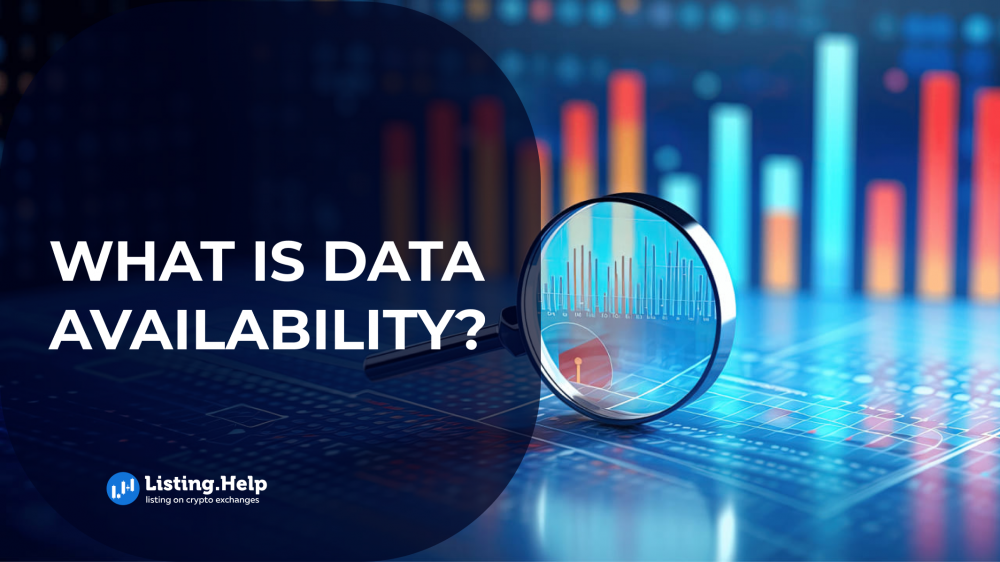

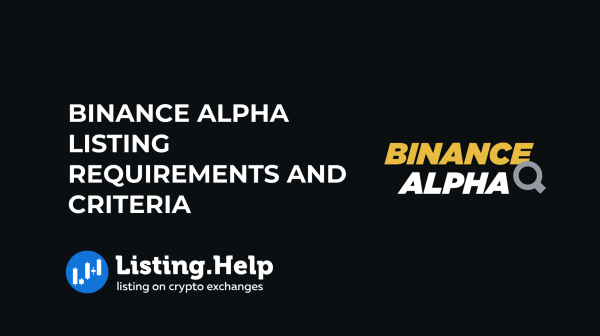
 November 23, 2025
November 23, 2025 